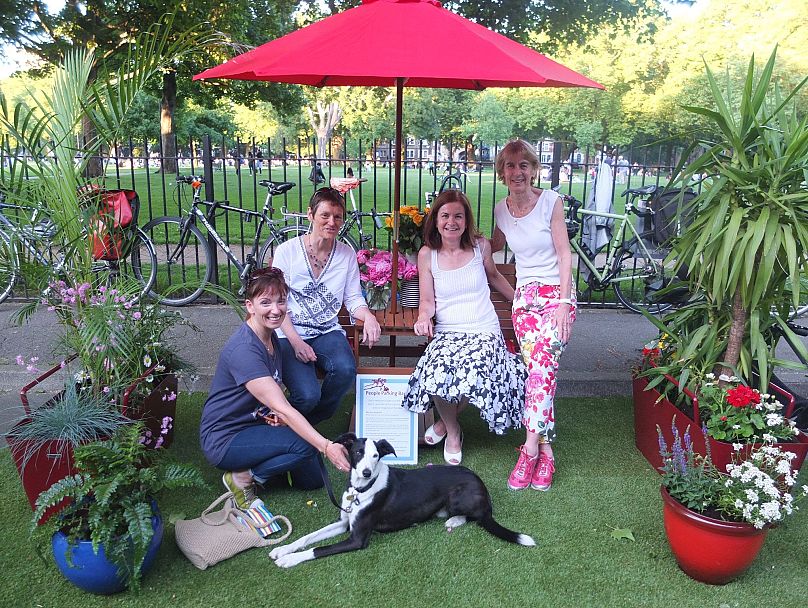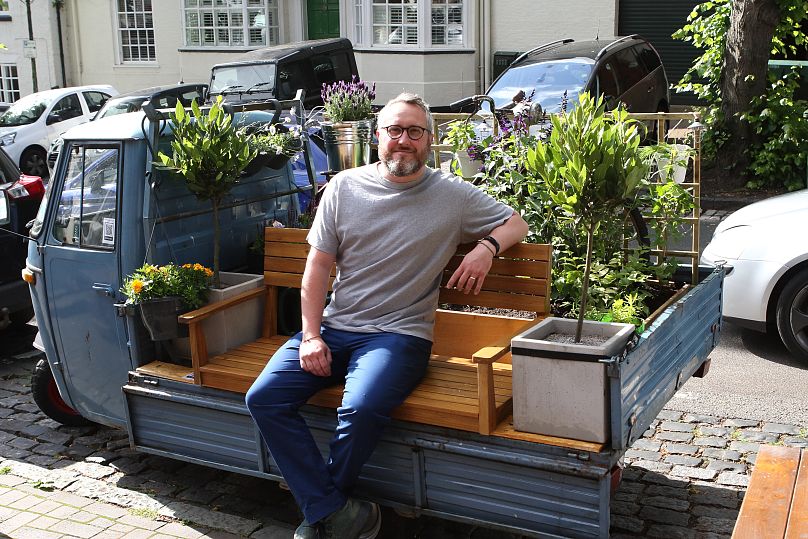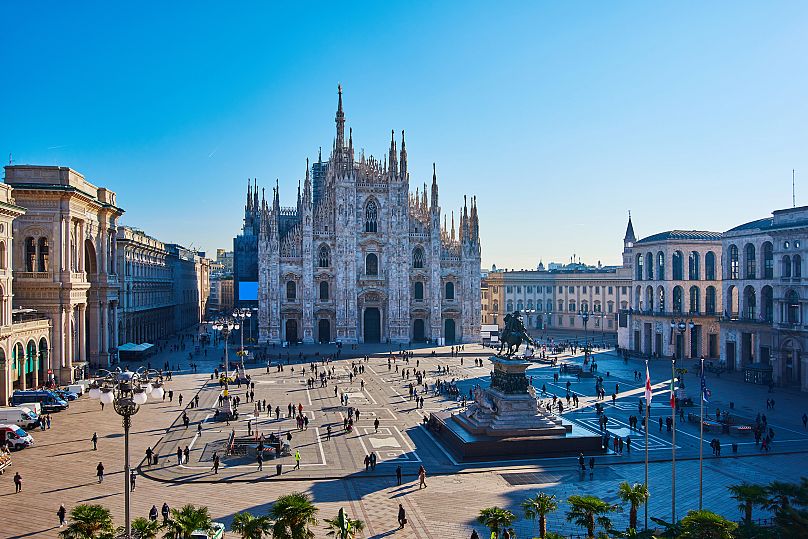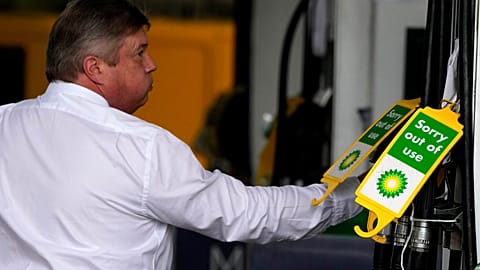From 5mph streets to 15-minute neighbourhoods, how are different cities giving cars the boot?
Free public transport in Tallinn. A pedestrianised city centre in Pontevedra. Reams of new bike highways to connect Berlin to its suburbs. These are some of the bold ways that Europeans are challenging the dominance of cars in their lives.
Though the changes are often met with initial outrage from a vocal minority, it’s clear that de-carbonising our cities is essential for improving residents’ mental health, combating the lethal effects of air pollution, and addressing the climate emergency.
As fuel prices keep breaking new records - reaching £1.70 (€2) per litre in the UK this week - there’s a strong financial case for ditching cars too.
Climate charity Possible has been keeping track of all the ways European cities are reimagining their transport networks. Here are some of the key themes we’re seeing and could be calling for elsewhere.
Redesigning the streets
Once you stop taking the presence of cars for granted, plenty of new possibilities open up.
In Oslo, most on-street parking has been replaced with street furniture like benches and mini parks, as well as bike lanes and bigger pavements. Though some businesses feared a loss of trade, the city centre in fact saw a 10 per cent rise in footfall after the reduction measures.
One UK man who has been taking town planning into his own hands is Adam Tranter, Bicycle Mayor for Coventry.
When the mini garden he built in a parking space was removed by the local council, Adam found a loophole by replanting his parklet on top of a truck.
Sometimes people-friendly transport changes can be fleeting, but help us see another way.
In September 2021 the London Parklets campaign launched its first ‘People Parking Day’, encouraging Londoners to commandeer some of the city’s one million parking spots for fun and games.
“Not everyone is lucky enough to have a private garden so providing social spaces close to people’s homes is essential,” said campaign founder Brenda Puech.
With one-third of carbon emissions in the UK from travel - and private cars the biggest contributors - the push for parklets is not just a colourful performance but a vital intervention.
Investing in bikes
The medieval city of Ghent found its narrow streets overwhelmed by traffic during the 1980s.
After banning cars from its historic centre in 1997, the German city invested in cycling exhibitions - thereby driving cultural change - and built 300km of cycle routes and the rental bikes to go on them.
In many more cities across Europe, e-bike schemes are taking off in a big way. In his sustainable guidebook ‘How to Thrive in the Next Economy’, John Thackara writes that an “ecosystem of bicycles, some of them power-assisted, will meet most of our need to connect and transact with each other using 5 per cent or less of car- and train-based systems.”
Bicycle and mobility lanes are undoubtedly an important part of future infrastructure, but they’re not right for everyone. Some disabled people need vehicles to get around; as Possible says, a “car free city” is free of the dangers, pollution and emissions caused by mass private car ownership. It’s not a city with no cars at all.
More accessible public transport systems like trams are ripe for expansion too.
Better town planning
Reducing the need to travel is another obvious way to cut down our carbon footprints.
Planning new developments for homes and businesses near public transport like light rail was a significant part of Freiburg’s journey to become Germany’s unofficial “environmental capital”. Nine out of ten residents now live in areas where traffic can go no faster than 19mph - even 5mph on some streets - making it clear that public transport has priority.
In Milan, COVID-19 sparked an ‘Open Streets’ initiative, extending cycle lanes, pavements and places for children to play in.
One area was made a low traffic neighbourhood (LTN) and is now being considered for a ‘15 minute neighbourhood’ pilot, where everything people need is within walking distance.
Though Milan and other Italian cities have a congested recent past, the country’s famous town and city squares suggest other ways of living. Its ‘Open Squares’ project is another key to Milan’s traffic-free future.
Clamping down on cars
Whatever comes in their place, cutting down on cars in city centres is essential for meeting national climate targets and improving our health.
In northern Spain, the city of Pontevedra banned cars from its 300,000 square metre medieval centre in the early 2000s, and its people have reaped the economic, social and health benefits ever since. CO2 emissions are down by 70 per cent, and central Pontevedra has attracted some 12,000 new inhabitants.
Things that first appeared unpopular have quickly won people over too. When Stockholm first introduced congestion charging in 2006 it faced fierce opposition, with around seven out of ten people against it. Five years later, the figures have switched to show majority support for the scheme.
Strasbourg in France was the first city to use an ‘intelligent traffic management system’, reducing the number of stop-and-go waves along its roads. This cut dawdling vehicle emissions of harmful nitrogen oxide and particulates by 8 per cent and 9 per cent respectively.
While in Paris, mayor Anne Marie Hidalgo has experimented with a range of traffic-tackling measures, including banning diesel vehicles made before 2006 from the city on weekdays.
The capital’s annual car-free day enables pedestrians to walk “face-to-face” with monuments like the Arc-de-Triomphe, providing a glimpse of what wider, cleaner city-living might look like.
De-smogging Europe’s historic cities 365 days a year is a big task, but as more green schemes gain public approval, it’s a challenge the continent can rise to.





















